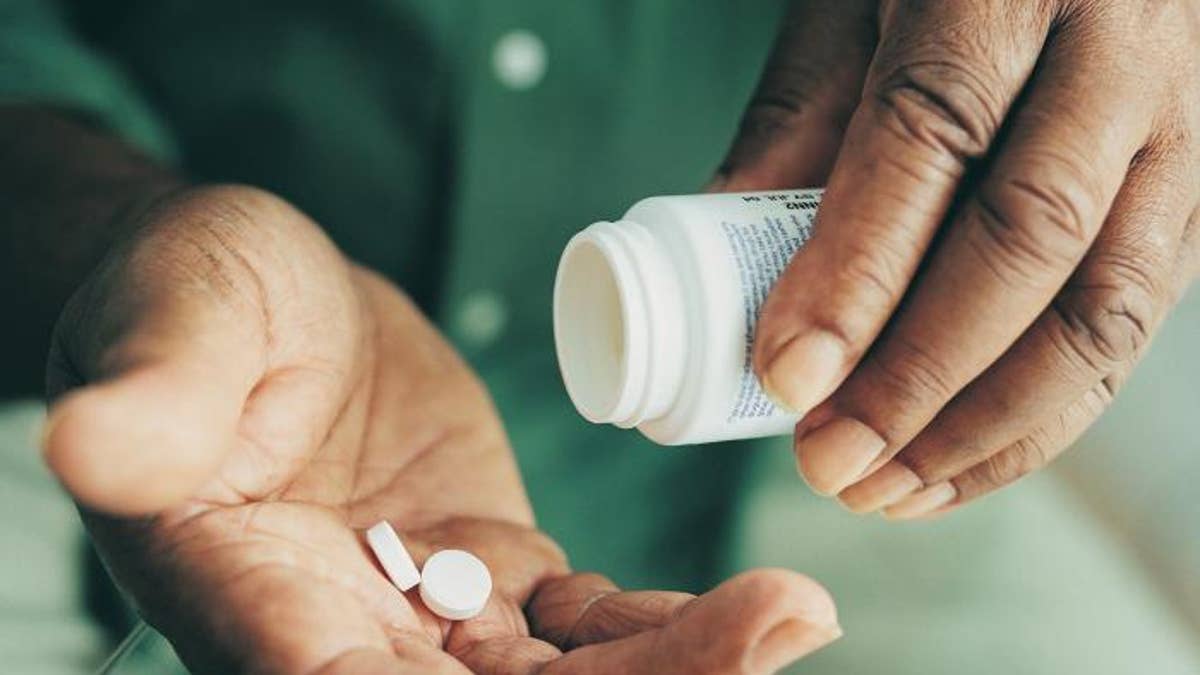
With winter gloom soon to be upon us, more people may turn to vitamin D pills to stay strong. But they should think twice, according to the New England Journal of Medicine.
Contrary to reports claiming up to 50 percent of people are vitamin D deficient, per Medical News Today, researchers say less than 6 percent of Americans under 70 are vitamin D deficient (excluding infants) and only 13 percent are at risk of getting too little. That means some of the 19 percent of Americans taking vitamin D pills as of 2012 probably don't need them, per the AP.
Not only that, but too much vitamin D — which your body makes naturally with sun exposure and helps build strong bones — can cause health problems like nausea, constipation, kidney stones, and an abnormal heart rhythm because of high levels of calcium in the blood.
Researchers at the Institute of Medicine, which sets the recommended dietary allowance, acknowledge they're partly to blame for the confusion. Most people under 70 need 400 international units of vitamin D per day, while those over 70 need 600. But to make sure the RDA covered everyone, researchers set it at 600 to 800 units. Now, some doctors mistakenly believe patients are vitamin D deficient if their levels don't fall within that range. The result: Blood tests for vitamin D levels have seen "an 83-fold increase from 2000 to 2010, to 8.7 million tests last year, at $40 apiece," per the AP. In fact, the blood test is now Medicare's fifth most common.
Researchers' advice: Stick to the RDA and avoid a blood test unless you have special risk factors for a vitamin D deficiency. (In related news, a lack of vitamin D might've killed Wolfgang Mozart.)
